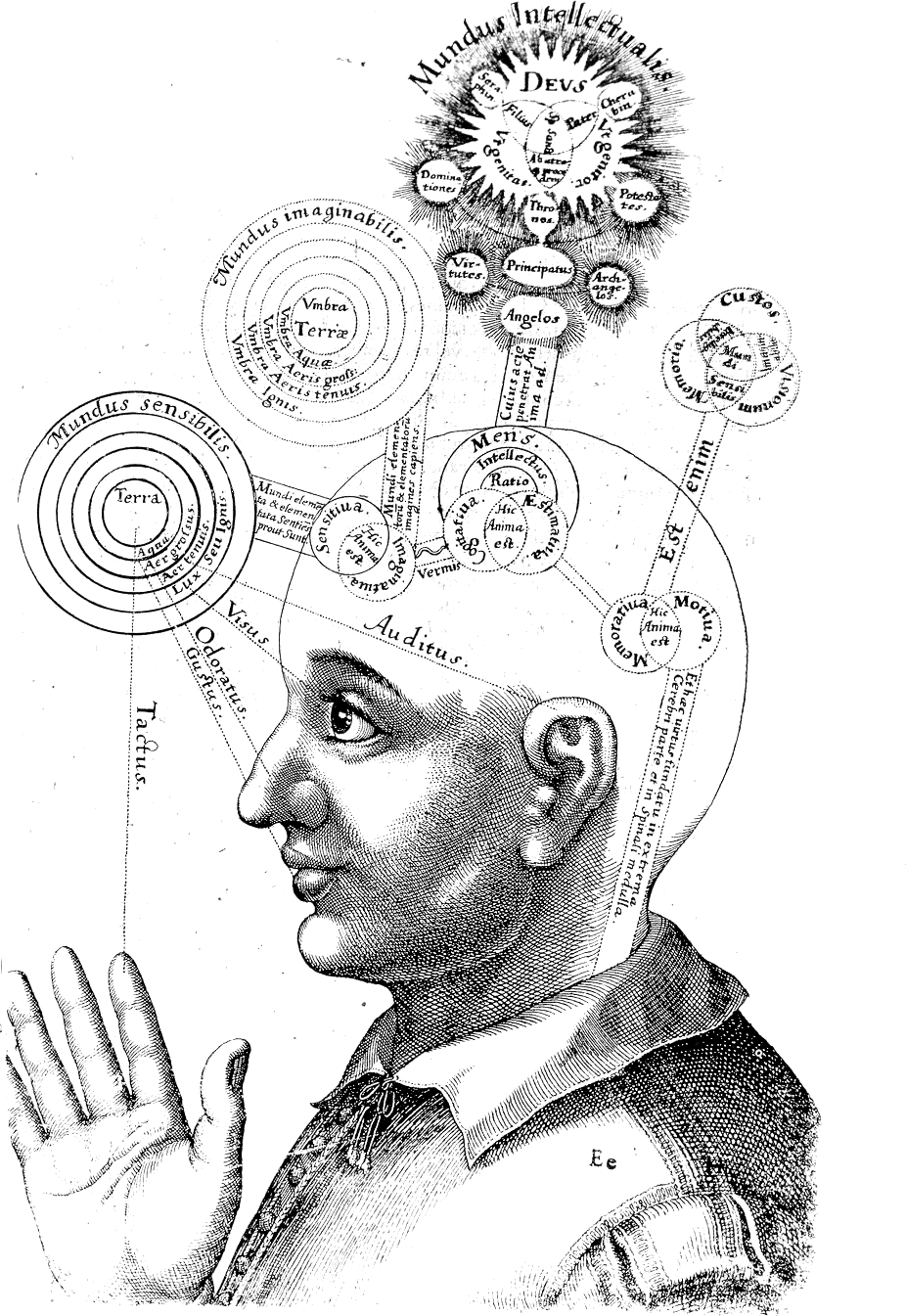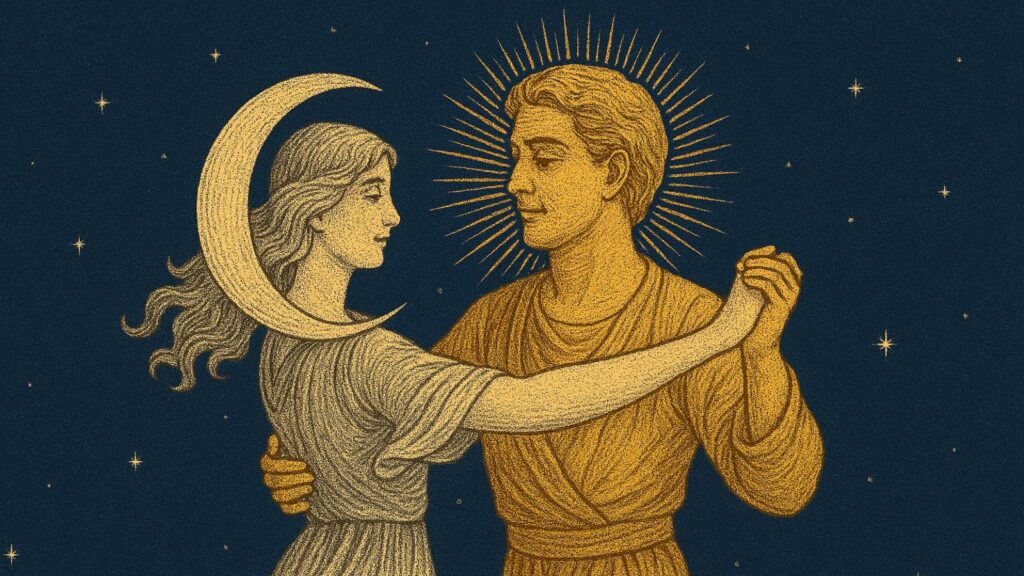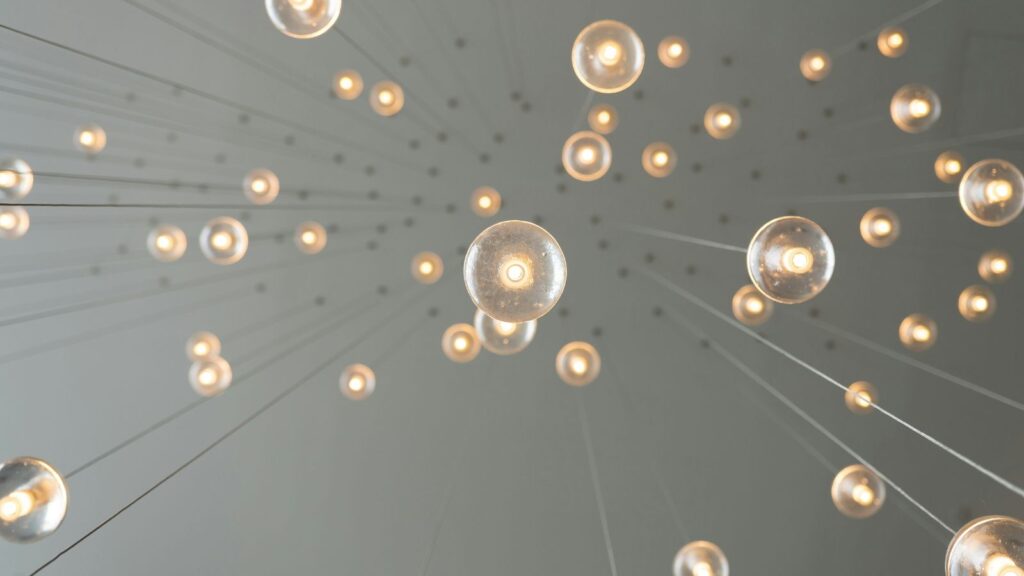The following paper was originally published in the Journal of Cognition and Neuroethics, July, 2016, Volume 4, Issue 2.
Recently, two remarkable neuroimaging studies of the neural correlates of the psychedelic state have been completed: the first investigated the effects of psilocybin, the main psychoactive compound in magic mushrooms (Carhart-Harris et al 2012), while the second focused on lysergic acid diethylamide, or LSD (Carhart-Harris et al 2016). The first study has shown that, despite the significantly higher richness of experience reported by subjects on psilocybin when compared to those on placebo, measurements of Cerebral Blood Flow (CBF) with functional magnetic resonance imaging (fMRI) indicated that psilocybin caused only reductions of neural activity. No increases in CBF were seen anywhere in the brain. In the second study, localized increases in CBF were observed in the visual cortex of subjects on LSD, but magnetoencephalography (MEG)— which performs a more direct measurement of neural activity than CBF—again revealed reductions in activity throughout the brain. The slight discrepancy in CBF measurements between the two studies was explained by the researchers in the following manner: ‘One must be cautious of proxy measures of neural activity (that lack temporal resolution), such as CBF … lest the relationship between these measures, and the underlying neural activity they are assumed to index, be confounded by extraneous factors, such as a direct vascular action of the drug’ (Carhart-Harris et al 2016, 5). They proceeded to say that ‘more direct measures of neural activity (e.g., EEG and MEG) … should be considered more reliable indices of the functional brain effects of psychedelics’ (Carhart-Harris et al 2016, 6).
The results of both studies thus indicate that the psychedelic state is consistently associated with reductions of brain activity, despite the significant increases in the richness of experience reported by subjects. From the point of view of the metaphysics of physicalism, which entails that experience is constituted by brain activity alone, such results are at least counterintuitive. Indeed, neuroscientist Christof Koch commented that, ‘to the great surprise of many, psilocybin, a potent psychedelic, reduces brain activity’ (Koch 2012, my italics). But does this observation strictly contradict physicalism? Does physicalism imply that an increase in the richness of experience must be accompanied by an increase in brain activity?
In this brief analysis, the implications of physicalism regarding the relationship between subjective experience and brain activity will be rigorously examined from an informational perspective. The goal is to establish whether the results reported in the neuroimaging studies cited above can be reconciled with physicalism and, if so, under what circumstances. Indeed, as neuroimaging advances and its applications begin to touch on difficult and nuanced problems in neuroscience and philosophy of mind, it becomes crucially important that the related implications of physicalism be unambiguously understood. This is what is attempted here. As such, although this brief analysis focuses only on the psychedelic studies cited, its relevance potentially extends to many more areas of neuroscientific investigation.
The Implications of Physicalism
Physicalism posits that there are physical entities independent of experience and that the qualities of experience are constituted by particular arrangements of such entities. More specifically, under physicalism the qualities of experience are constituted by particular patterns of brain activity, which are called the ‘Neural Correlates of Consciousness’ (NCCs). Notice that I use the word ‘activity’ here in the broad and generic sense of metabolism itself, so that only a dead, non-metabolizing brain has no activity.
Not all brain activity consists of NCCs: under physicalism, there are also unconscious neural processes. Reductions in these unconscious processes don’t necessarily imply reductions in experience, for they aren’t NCCs. In fact, if these unconscious processes are inhibitory in nature, their reduction could even cause an increase in NCCs and, therefore, experience. As such, nothing precludes an increase in NCCs from being accompanied by a comparatively greater decrease in unconscious processes, leading to an overall decrease in brain activity. Clearly then, physicalism does not necessarily imply that more experience should always correlate with more total brain activity.
But here is the critical point: under physicalism, an increase in the richness of experience does need to be accompanied by an increase in the metabolism associated with the NCCs, for experiences are supposedly constituted by the NCCs. Let us unpack this carefully.
Rich experiences span a broader information space in awareness than comparatively dull and monotonic experiences. This is fairly easy to see: the experience of seeing a colorful fireworks display entails more information in awareness than staring at an overcast night sky. Listening to Bach’s Brandenburg Concertos entails more information in awareness than sitting in a relatively silent room. Having an intense dream entails more information in awareness than deep sleep. And so on. There clearly are such things as richer and duller experiences.
The concept of information is crucial here: it is a measure of how many different states can be discerned in a system. More information means that the system comprises more states that can be discerned from each other (Shannon, 1948). In the case of human experience, information reflects the amount of subjectively apprehended qualities that can be discerned from each other in awareness. Watching a fireworks display entails more information than staring at a dark sky because one can discern more shapes, colors, movements and levels of brightness in the former case. Listening to the Brandenburg Concertos entails more information than sitting in a relatively silent room because one can discern more tones, rhythms, timbres and levels of volume in the former case. To say that an experience is richer thus means that the experience entails more information in awareness.
Information states can be discerned in time (such as the progressive unfolding of notes in a symphony) and space (such as the different shapes and colors within a single snapshot of a fireworks display). In practice, however, a single moment is experientially intangible. The bulk of the information within awareness is associated with how many, and how often, qualities change over time. Therefore, when we speak of richer experiences we essentially mean experiences wherein a higher number of discernible qualities change more frequently.
Now, since physicalism entails that there is nothing to the qualities of experience but the states of its physical substrate, an increase in the richness of experience can only be explained by more, and/or more frequent, state changes in the parts of the brain corresponding to the associated NCCs. We call these physiological state changes metabolism, or neural activity. Therefore, a relative increase in local metabolism is necessary to create the broader information space in the brain that supposedly constitutes the broader information space in awareness entailed by richer experiences. This is an inescapable implication of physicalism. Without it, subjective experience would become decoupled from the workings of the living brain information-wise. Operationally, thus, physicalism implies a form of local proportionality: the richness of experience must be proportional to the compound metabolic level of the NCCs, even though it doesn’t need to be proportional to the total level of activity in the brain.
An analogy may be helpful at this point. If we model the brain as a cellular automaton (e.g. Gers, Garis, & Korkin 2005), metabolism is a measure of how many, and how often, cells change states as time goes by (a ‘cell’ in a cellular automaton doesn’t necessarily correspond to a neuron, mind you). A brain displaying high activity corresponds to an automaton wherein many cells change states frequently. A brain displaying low activity corresponds to an automaton wherein a few cells change states now and then. The conclusion from the discussion above can thus be restated as follows: richer experiences, under physicalism, must correlate with an increase in the number of cells encompassed by the NCCs, and/or more frequent state changes in said cells.
Notice that this is a generic conclusion derived from first-principles informational considerations. It is independent of the exact nature of the NCCs. Neural spiking, neurotransmitter releases, fluctuations of membrane potentials, network configurations, communication or information integration patterns across neurons, etc.: whatever the NCCs turn out to be or encompass, it remains a direct implication of physicalism that an increase in the richness of experience needs to be accompanied by an increase in the compound level of metabolism associated with the NCCs.
Interpreting the Neuroimaging of the Psychedelic State
Given the previous section’s conclusion, what does it mean for the plausibility of physicalism that psychedelic trances are not accompanied by increases in brain activity? The first thing to consider is that psychedelic trances entail a significant increase in the richness of experience when compared to an ordinary baseline. This is not only overwhelmingly attested by informal reports (such as those available online at, for instance, the ‘Erowid Experience Vaults’), it has also been confirmed in controlled studies. In the first study cited above, subjects on psilocybin reported extremely vivid imagination, dream-like experiences and complex perceptual hallucinations (Carhart-Harris et al 2012, 2138-2139), which characterized the psychedelic state unambiguously as experientially richer—i.e. spanning a broader information space in awareness—than the placebo state. In an earlier study, subjects characterized the psychedelic state as extremely rich, intense and even ‘more real than real’ (Strassman 2001). In yet another study, 67% of the subjects rated a psychedelic experience as among the top five most spiritually significant of their life, considering ‘the meaningfulness of the experience to be similar, for example, to the birth of a first child or death of a parent’ (Griffiths et al 2006, 276-277). It is difficult to imagine how this could fail to imply that a psychedelic experience is richer than most other experiences in life. Thus, under physicalism, one would have expected the psychedelic neuroimaging studies cited above to have shown unambiguous local increases in brain activity corresponding to the NCCs. How can we reconcile physicalism with the fact that this was not the case? There are two hypotheses.
The first hypothesis is that the spatial resolution of fMRI may have been too coarse for researchers to discern between (a) hypothetical NCCs whose activity did increase and (b) unconscious processes right ‘on top of’ said hypothetical NCCs, whose metabolic drop masked the activity rise of the NCCs. But this possibility stretches plausibility, for it entails the rather unlikely coincidence that each and every NCC was consistently accompanied by an unconscious process intermingled with it, whose metabolism happened to decrease so significantly as to mask the corresponding NCC increase. There is no reason why these different neural processes should unfold in such a perfect spatio-temporal intermingling. Indeed, different neural processes are normally discernible from each other in neuroimaging, otherwise neuroimaging wouldn’t be of much use in the first place.
The second hypothesis is that all the information entailed by the psychedelic experience—and, therefore, the corresponding level of metabolism—is already in the baseline brain activity of the subjects. Prior to drug intake, the information is simply not in the NCCs. In other words, the ‘trip’ may unfold in the brain at all times, in the form of unconscious processes. The psychedelic compound may simply convert those existing unconscious processes into NCCs, which then brings the trip into awareness. What this conversion may entail and how it may happen remains completely unclear and highly speculative, but the hypothesis could, at least in principle, explain why no activations were observed with respect to the placebo baseline: subjects who received placebo may have also been ‘tripping’ subliminally, displaying all the corresponding metabolism.
There are two problems with this second hypothesis. The first is that it implies that the brain of every person is busy physically computing a ‘trip’ all the time, below the threshold of awareness. To put this in context, notice that psychedelic ‘trips’ often include voyages to indescribable parallel realms; death- and birth-like experiences; conversations with what is often described as alien entities or deities; unfathomable and countless insights into the underlying nature of reality and self; the witnessing of indescribably complex structures and motion; synesthetic traversals of the entire gamut of human emotions and beyond; etc. (Strassman 2001 & Strassman et al 2008). It is at least difficult to conceive of a reason why evolution would have led to brains that systematically wasted energy and considerable cognitive resources to continuously maintain useless subliminal ‘tripping.’ To put it in perspective, consider for instance what can be accomplished in art or engineering with the cognitive resources associated with imagining a single complex structure in movement. Many of us have difficulties with simple 3D perspective, let alone the movements of complex structures. Yet, the hypothesis here implies that we are all subliminally wasting many more resources than this all the time. Such an idea seems, again, to stretch plausibility.
The second problem with the second hypothesis is this: in another brain imaging study, researchers used fMRI to measure the neural activity of subjects as they slept and dreamed (Horikawa et al 2013). The metabolic activity corresponding to dreaming up trivial visual experiences, such as seeing a person take a photograph or staring at a bronze statue (Costandi 2013), was clearly identifiable. So the added metabolism of dreaming up trivial images is significant enough to be picked out from the baseline activity wherein, ex hypothesi, unfathomable psychedelic ‘tripping’ is continuously taking place. This suggests that the metabolic level of the hypothetical subliminal ‘trip’ cannot be overwhelmingly higher than that of the trivial dream. If it were, the activity signal of the dream would have been mere noise, indiscernible from the baseline. Yet, in terms of information richness, the experience of e.g. staring at a bronze statue is negligible in comparison to that of a full-blown psychedelic trance. Therefore, given the previous section’s conclusion, the trivial dreams should have been metabolically negligible and indiscernible from the baseline, which reduces the second hypothesis to a contradiction.
In conclusion, both hypotheses conceived to reconcile physicalism with the results of recent neuroimaging studies of the psychedelic state are implausible. At present, it remains unclear if and how physicalism can accommodate such neuroimaging results. This, of course, does not mean that the results outright refute physicalism in and of themselves. Other hypotheses may exist that have not been considered in this brief analysis and further studies of the neural correlates of the psychedelic state may reframe the current results. Until more clarity is achieved, however, one is left with this sobering thought: dreams and psychedelic trances are analogous in that neither can be attributed to sensory inputs, both being entirely imagined experiences. Yet, in a dream, when one experiences something as dull as staring at a bronze statue, the corresponding brain activations can be clearly discerned by fMRI. But when one undergoes psychedelic trances rated by 67% of subjects as one of the five most significant experiences of their lives, no conclusive activations can be discerned anywhere in the brain.
Conclusions
The generic implications of the physicalist metaphysics regarding the relationship between the richness of experience and brain activity levels have been rigorously examined and made explicit and unambiguous. The examination was done from the perspective of informational first principles. Recent neuroimaging studies of the psychedelic state have also been reviewed and their results found to be non-trivial to reconcile with said generic implications of physicalism. This suggests that either (a) future research into the neural correlates of the psychedelic state will reframe the present results in a manner more amenable to physicalist interpretations; (b) new interpretative hypotheses will emerge to accommodate the present results under plausible physicalist scenarios; or (c) neuroimaging studies of the psychedelic state will render physicalism untenable as a metaphysical option for resolving the mind-body problem.
References
Carhart-Harris, R. L., et al. 2012. “Neural correlates of the psychedelic state as determined by fMRI studies with psilocybin.” Proceeding of the National Academy of Sciences of the United States of America 10(6): 2138–2143, doi: 10.1073/pnas.1119598109.
Carhart-Harris, R. L., et al. 2016. “Neural correlates of the LSD experience revealed by multimodal neuroimaging.” Proceeding of the National Academy of Sciences of the United States of America (PNAS Early Edition). doi: 10.1073/pnas.1518377113.
Costandi, M. 2013. “Brain scans decode dream content.” The Guardian, 5 April. https:// www.theguardian.com/science/neurophilosophy/2013/apr/05/brain-scans-decode-dream-content.
Gers, F., H. Garis, and M. Korkin. 2005. “CoDi-1Bit : A simplified cellular automata based neuron model.” Lecture Notes in Computer Science 1363: 315–333. doi:10.1007/ BFb0026610.
Griffiths, R. R., et al. 2006. “Psilocybin can occasion mystical-type experiences having substantial and sustained personal meaning and spiritual significance.” Psychopharmacology 187: 268–283. doi: 10.1007/s00213-006-0457-5.
Horikawa, T., et al. 2013. “Neural Decoding of Visual Imagery During Sleep.” Science 4. doi: 10.1126/science.1234330.
Koch, C. 2012. “This Is Your Brain on Drugs.” Scientific American Mind 1 May. http:// www.scientificamerican.com/article/this-is-your-brain-on-drugs/.
Shannon, C. E. 1948. “A Mathematical Theory of Communication.” Bell System Technical Journal 27: 379-423 & 623-656.
Strassman, R. 2001. DMT: The Spirit Molecule. Rochester, VT: Park Street Press. Strassman, R., et al. 2008. Inner Paths to Outer Space. Rochester, VT: Park Street Press.













